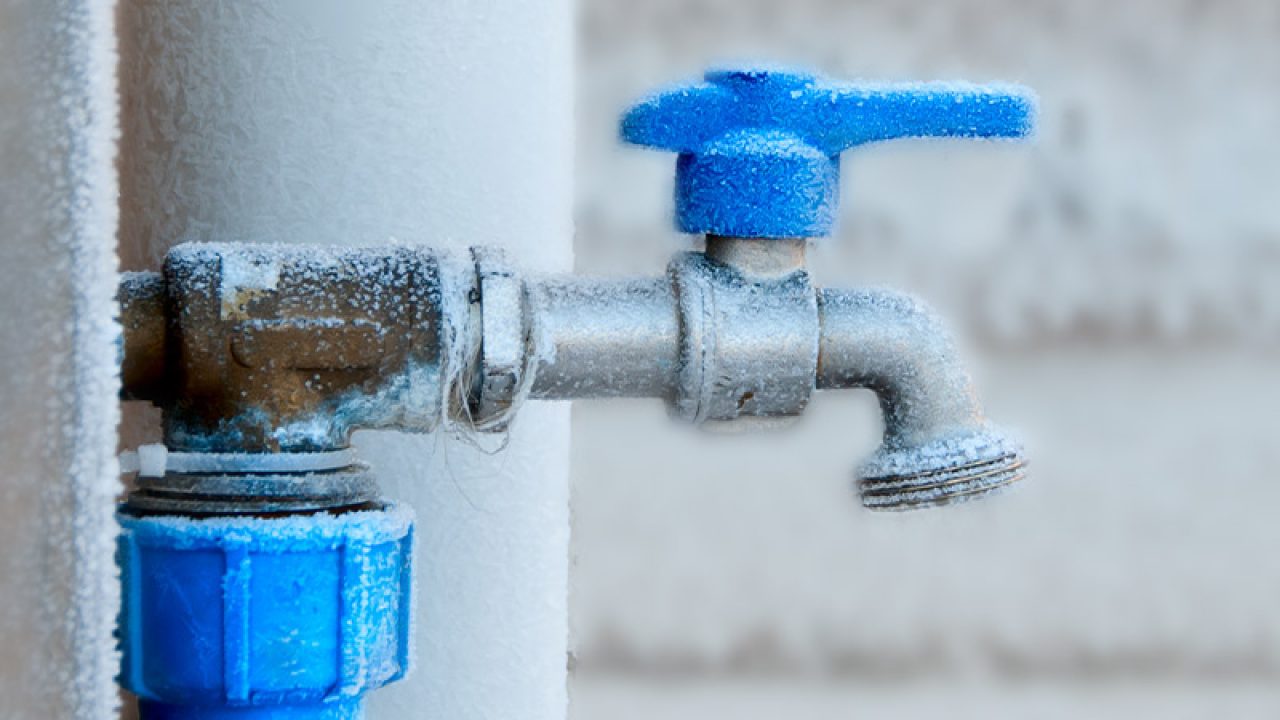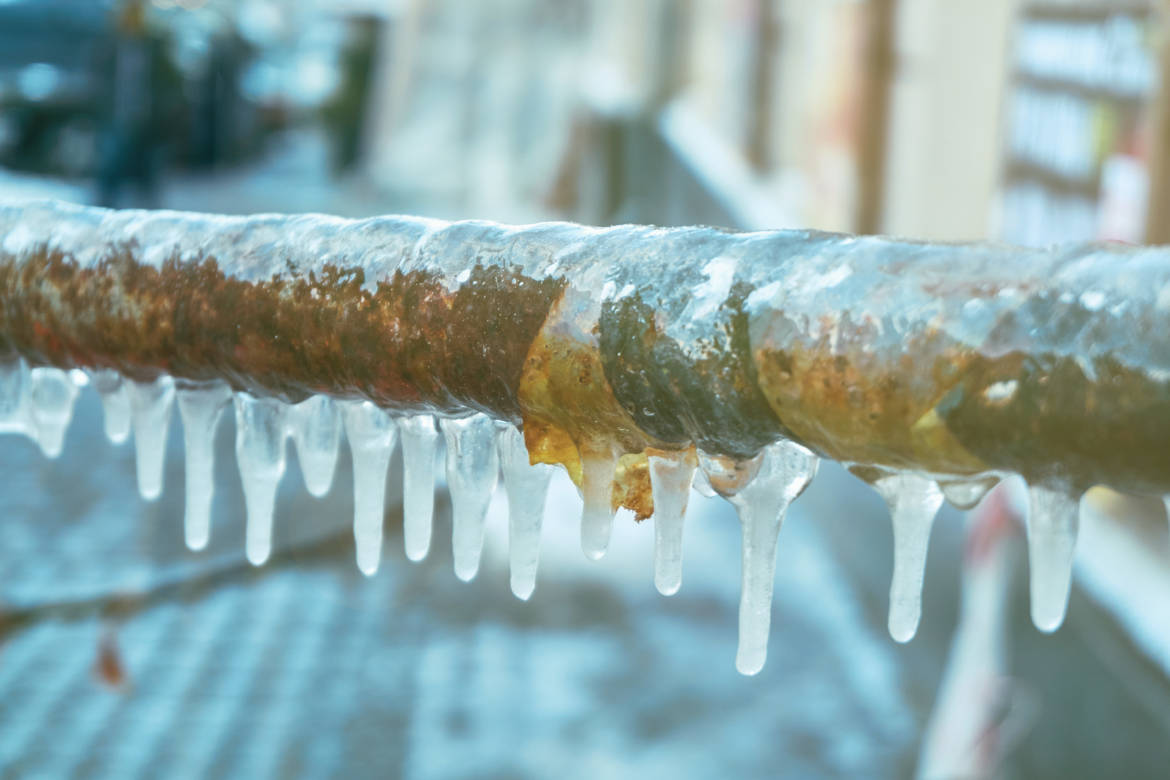Protecting Against Frozen Pipes in Cold Weather: Professional Strategies
Protecting Against Frozen Pipes in Cold Weather: Professional Strategies
Blog Article
Have you been interested in facts involving Winter Plumbing Precautions: Preventing Frozen Pipes?

Cold weather can damage your plumbing, specifically by freezing pipes. Below's how to stop it from occurring and what to do if it does.
Introduction
As temperature levels decline, the risk of frozen pipes boosts, possibly bring about pricey repairs and water damage. Understanding how to prevent icy pipes is crucial for property owners in cold climates.
Comprehending Frozen Pipelines
What causes pipelines to freeze?
Pipes freeze when subjected to temperatures below 32 ° F (0 ° C) for prolonged durations. As water inside the pipes freezes, it expands, putting pressure on the pipe wall surfaces and possibly triggering them to burst.
Risks and problems
Icy pipelines can lead to water system interruptions, residential property damages, and costly repair services. Ruptured pipelines can flood homes and trigger considerable structural damages.
Indicators of Frozen Pipeline
Determining frozen pipelines early can avoid them from rupturing.
Exactly how to recognize frozen pipes
Seek lowered water flow from faucets, uncommon odors or sounds from pipes, and visible frost on exposed pipelines.
Prevention Tips
Shielding vulnerable pipes
Cover pipelines in insulation sleeves or use warm tape to secure them from freezing temperature levels. Concentrate on pipes in unheated or outside locations of the home.
Home heating techniques
Maintain indoor areas effectively heated, particularly areas with pipes. Open up closet doors to allow warm air to flow around pipelines under sinks.
Shielding Outside Plumbing
Garden tubes and outdoor taps
Disconnect and drain garden hose pipes prior to winter months. Install frost-proof faucets or cover outdoor taps with insulated caps.
What to Do If Your Pipes Freeze
Immediate actions to take
If you suspect icy pipes, maintain faucets open up to alleviate pressure as the ice melts. Make use of a hairdryer or towels taken in warm water to thaw pipes slowly.
Long-Term Solutions
Structural adjustments
Take into consideration rerouting pipes far from outside wall surfaces or unheated locations. Include extra insulation to attics, basements, and crawl spaces.
Updating insulation
Invest in top notch insulation for pipes, attic rooms, and wall surfaces. Correct insulation aids keep consistent temperature levels and decreases the threat of icy pipelines.
Verdict
Stopping frozen pipelines needs aggressive procedures and quick actions. By recognizing the reasons, indicators, and preventive measures, homeowners can protect their pipes during winter.
5 Ways to Prevent Frozen Pipes
Drain Outdoor Faucets and Disconnect Hoses
First, close the shut-off valve that controls the flow of water in the pipe to your outdoor faucet. Then, head outside to disconnect and drain your hose and open the outdoor faucet to allow the water to completely drain out of the line. Turn off the faucet when done. Finally, head back to the shut-off valve and drain the remaining water inside the pipe into a bucket or container. Additionally, if you have a home irrigation system, you should consider hiring an expert to clear the system of water each year.
Insulate Pipes
One of the best and most cost-effective methods for preventing frozen water pipes is to wrap your pipes with insulation. This is especially important for areas in your home that aren’t exposed to heat, such as an attic. We suggest using foam sleeves, which can typically be found at your local hardware store.
Keep Heat Running at 65
Your pipes are located inside your walls, and the temperature there is much colder than the rest of the house. To prevent your pipes from freezing, The Insurance Information Institute suggests that you keep your home heated to at least 65 degrees, even when traveling. You may want to invest in smart devices that can keep an eye on the temperature in your home while you’re away.
Leave Water Dripping
Moving water — even a small trickle — can prevent ice from forming inside your pipes. When freezing temps are imminent, start a drip of water from all faucets that serve exposed pipes. Leaving a few faucets running will also help relieve pressure inside the pipes and help prevent a rupture if the water inside freezes.
Open Cupboard Doors
Warm your kitchen and bathroom pipes by opening cupboards and vanities. You should also leave your interior doors ajar to help warm air circulate evenly throughout your home.

I am very fascinated by Preventing and dealing with frozen pipes and I am praying you enjoyed the new page. For those who appreciated our blog posting please be sure to share it. Thank you for your time spent reading it.
Click Here Report this page